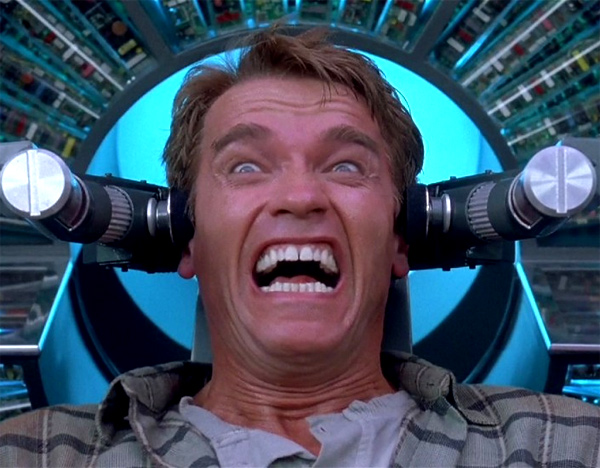I am really impressed with how introspective and self-critical he is about his award-winning book. Other authors might have gotten defensive about people asking the questions that people obviously asked of him, but he does not; he actually tries to answer them. He talks openly about parts of the book that he could have done better, or that are inconsistent.
His answer to question #6 is my favorite:
Q6: What do you regret most about Permutation City?
A6: Something quite separate from the issues with the Dust Theory mentioned above, although these are all valid points. What I regret most is my uncritical treatment of the idea of allowing intelligent life to evolve in the Autoverse. Sure, this is a common science-fictional idea, but when I thought about it properly (some years after the book was published), I realised that anyone who actually did this would have to be utterly morally bankrupt. To get from micro-organisms to intelligent life this way would involve an immense amount of suffering, with billions of sentient creatures living, struggling and dying along the way. Yes, this happened to our own ancestors, but that doesn’t give us the right to inflict the same kind of suffering on anyone else.
This is potentially an important issue in the real world. It might not be long before people are seriously trying to “evolve” artificial intelligence in their computers. Now, it’s one thing to use genetic algorithms to come up with various specialised programs that perform simple tasks, but to “breed”, assess, and kill millions of sentient programs would be an abomination. If the first AI was created that way, it would have every right to despise its creators.It's worth reading, for people who really want more noodling on the issues raised by that book.

